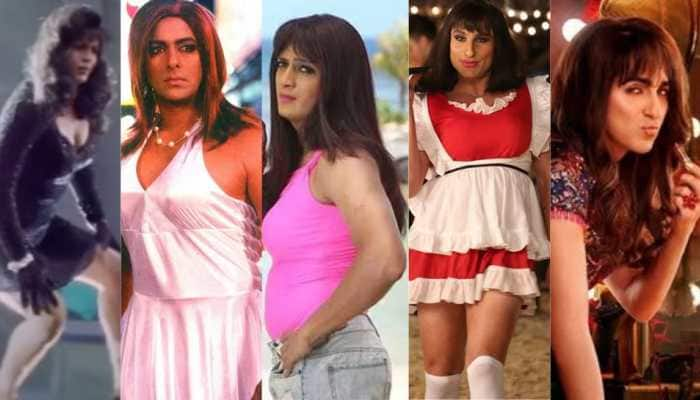Diwali 2017: Check out Puja calendar
The style, magnitude and grandeur has seen sea change but the fundamental essence has remained the same.
Trending Photos
)
The great Indian Festival of Diwali or Deepavali is just around the corner. Also known as the festival of lights, Diwali, has been celebrated in Indian for over centuries to rejoice the return of Lord Rama to his kingdom Ayodhya after 14 years in exile.
The style, magnitude and grandeur has seen sea change but the fundamental essence has remained the same. It’s all about celebrating the victory of truth over evil and knowledge over ignorance.
The festival of Diwali is spread over 6 days. This year, Diwali festivities begin on October 16 with Govatsa Dwadashi.
Govatsa Dwadashi, October 16: On this day, devotees worship cows and calves and feed them delicacies made of wheat. They abstain from consuming food made of wheat and milk on as they devote the day to Gau Maa and her children.
Dhanteras, October 17: Dhanteras is of great importance because three significant legends are associated with the auspicious day.
Dhanteras literally means dhan+ teras (wealth and 13th day). This is because the day falls on the thirteenth Krishna Paksha day in the Hindu month of Kartik. On this day, it is believed that Goddess Lakshmi was churned out of the milky ocean. And hence, she is worshipped with Kubera for wealth and prosperity.
It is also the day that marks the emergence of Lord Dhanavantri with a pitcher full divine nectre or Amrita Kalash. A number of people worship Dhanavantri for good health and well-being by offering their prayers to him.
Lord Yama is also worshipped by number of people on this day. A lighted deep (diya) referred to as the Yama Deepam is kept outside the house to please the God of Death and in turn seek blessings to prevent untimely death.
Naraka Chaturdashi, October 18: Naraka Chaturdashi falls on the fourteenth day of Krishna Paksha in the month of Ashwin according to Hindu calendar. On this day, people in South India celebrate Deepavali wile North India commemorates the festival of lights on the following day. People in the eastern part of India celebrate Kali Puja on this day.
This day is dedicated to Goddess Kali for annihilating demon Narakasura and hence the auspicious day is also known as Naraka Chaturdashi.
Traditionally, people do Abhyang Snan, a ritual of bathing with ubtan (natural bathing powder made of pulses and gram flour) after applying sesame oil on the body to get rid of toxins.
Lakshmi Pujan, October 19: The tithi on which Lakshmi Pujan is performed coincides with Amasya. On this day, people worship Lord Ganesha besides Goddess Lakshmi to ensure with wealth comes, goodness. Businessmen open their new accounts book on this day.
Govardhan Puja, October 20: Govardhan Puja is celebrated to pronounce the victory of Lord Krishna over Indra Deva. Lord Krishna had lifted the Givardhan parvat (mountain) on his little finger to save the people of Braj from Indra’s wrath. The entire village would have been washed away due to floods but Krishna saved them by providing shelter to the villagers and cattle under the mountain.
The day is celebrated on the first lunar day of Shukla Paksha in the Hindu calendar month of Kartik.
Bhai Dooj, October 21: ‘Bhai Dooj' or Bhau-Beej/Bhai Tika/Bhai Phota is celebrated in several parts of the country. The day is observed on the second day of the bright fortnight or Shukla Paksha of the Hindu lunar month of Kartik. On this day, sisters pray for their brother’s well being by putting a tika on their forehead. The siblings then exchange gifts and sweets.
Here’s wishing one and all a very Happy Diwali.
Stay informed on all the latest news, real-time breaking news updates, and follow all the important headlines in india news and world News on Zee News.
Live Tv







)
)
)
)
)
)
)
)
)
)
